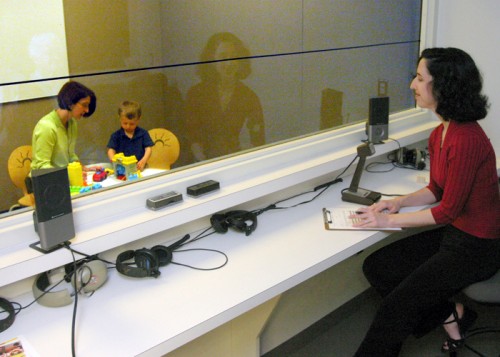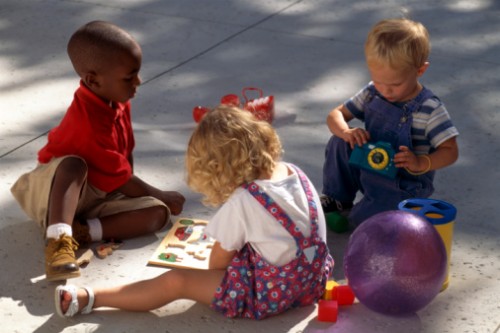
Conventionally held beliefs tell us that girls more commonly express positive emotions and negative internal feelings like anxiety and sadness, while boys more frequently exhibit externally focused emotions like anger and contempt. Tara Chaplin, Assistant Professor of Psychiatry at the Yale School of Medicine, and Amelia Aldao of Ohio State University sought to find out whether these stereotypes are reflected in existing psychological data. Through meta-analysis of 166 observational studies on children’s emotional expression, Chaplin found that there are small but significant gender differences consistent with stereotypical beliefs. Interestingly, these differences can be more or less noticeable depending on who the child is with.

According to Chaplin’s results, gender differences in emotional expression were less pronounced when children were observed with their parents, indicating that children are more comfortable expressing a wide range of emotions when they are with those familiar to them. However, when with peers or strangers, boys and girls were more likely to behave in line with stereotypical expectations. Chaplin explains, “Gender differences and emotion depend on who is watching… Girls and boys are able to regulate their displays of emotions in different situations to meet the goals of those situations.”

One implication of Chaplin’s work is that future researchers studying emotion and gender should take into account contextual differences, as she found these influence the expression of emotion. More broadly, her findings are relevant to the study of psychological disorders. Building on this, Chaplin hopes her future work will involve studying how emotion in teenagers can predict risky behavior.

